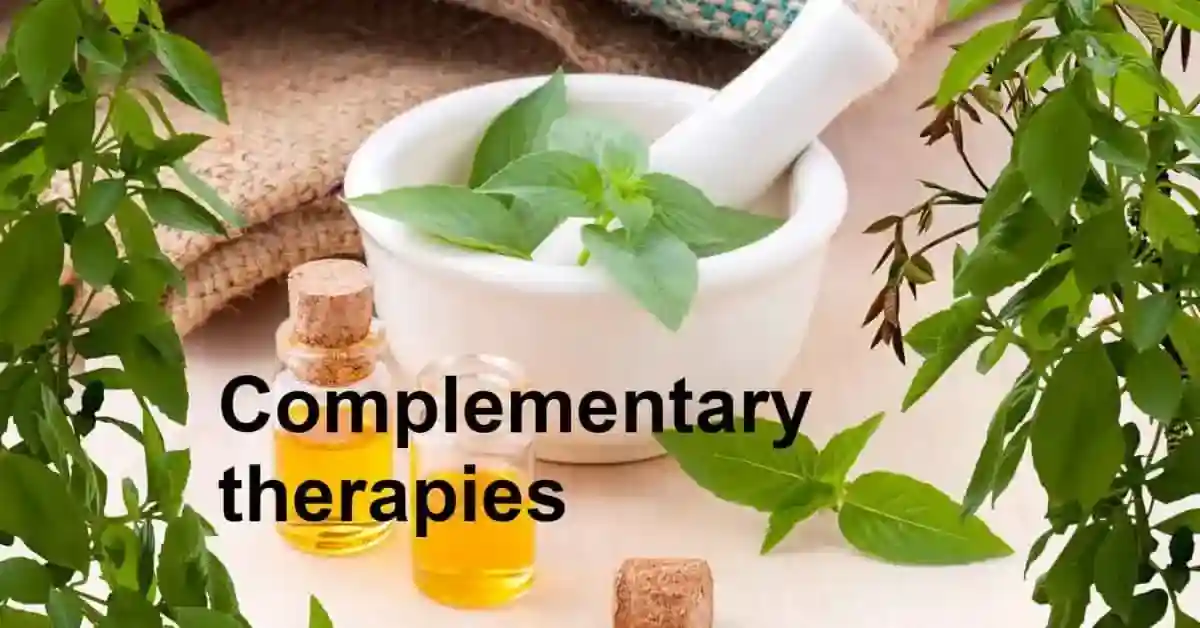
Dr. Matthias Rath Cellular Solution
What is Effective Cancer Control Through Nutrient Synergy?
Source: Dr Rath Research Institute
Although various natural substances such as vitamin C, green tea polyphenols and others have shown anti-cancer activity, their effectiveness has been limited to selected cellular mechanisms. In addition, they have to be used in very high doses which are possible only through intravenous delivery.
Our approach has been based on a synergy of individual components that allows for controlling multiple cancer mechanisms at once and achieving better physiological effects without using large doses of individual components. While this synergy approach assures the preservation of metabolic balance, the mega-doses of individual components can often unmask underlying micronutrient deficiencies and aggravate metabolic problems and, as such, should be avoided.

Nutrient Synergy in Controlling Multiple Cancer Mechanisms at Once
We have developed a specific synergistic combination of nutrients that can inhibit invasion of cancer cells in the tissue and control other key mechanisms of cancer at the same time. This synergy utilizes vitamin C, the amino acids lysine, proline, arginine, N acetylcysteine, green tea extract as well as copper, manganese and selenium.Using both in vitro and in vivo approaches, we provided comprehensive scientific data that this nutrient synergy can:
1. Inhibit tumor growth and cancer metastasis
The following relevant mechanisms have been affected by this nutrient synergy:
• Inhibition of secretion and expression of MMPs curtailing connective tissue digestion
• Inhibition of invasion of cancer cell in the tissue (confirmed in almost 40 types of cancer cells)
• Optimizing composition of connective tissue towards increasing its integrity and resistance to degradation
• Decreased cell multiplication resulting in the inhibition of tumor growth.
As a result we demonstrated in vivo that the spread (metastasis) of cancer cells can be largely inhibited by the administration of nutrient synergy in the diet or by IV and IP delivery.
2. Inhibit angiogenesis
The following relevant mechanisms have been affected by this nutrient synergy:
• Decreased secretion of pro-angiogenic factors (i.e., VEGF, angiopoetin)
• Decreased blood tubules formation
• Decreased formation of blood vessel branches.
3. Induce natural cancer cell death (apoptosis)
The following relevant mechanisms have been affected by this nutrient synergy:
• Induction of pro-apoptotic genes (p53, p21, Bax)
• Inhibition of anti-apoptotic genes (Bcl1)
• Influx of intracellular calcium
• Shift in cell cycle towards cell cycle arrest (G1 phase).
4. Decrease inflammation
The following relevant mechanisms have been affected by this nutrient synergy:
• Impaired secretion of various pro-inflammatory factors, which have been implicated in the induction and progression of cancer.
1. Nutrient Synergy in Prevention of Cancers Induced by Chemicals1. Inhibition of breast tumors.
Significant reduction in the appearance (78% decreased tumor weight) and growth (68% decrease) of mammary tumors induced by N-methyl N-nitrosourea tumors in female rats. In addition, all tumors developed in a group of rats taking micronutrient supplementation were benign (adenomas), while in a control groups all were adenocarcinomas.
2. Inhibition of skin tumor (papilloma) by DMBA (7,12-dimethylbezanthracene) in female mice. In the presence of nutrient synergy in the diet the number of papillomas decreased by 85%.
3.Inhibition of lung cancer by urethane in mice. In the presence of nutrient synergy in the diet the number of lung tumors decreased by 50%.
Nutrient Synergy Applied at the Later Stages of Chemically-induced Breast Cancer
Nutrient synergy has shown to be more effective than green tea extract when administered in the diet in animals who have already developed breast tumors. In addition, in the presence of nutrient synergy there was a significant decrease in the number of malignant versus benign tumors. (in preparation for publication)
Nutrient Synergy – safety. Contrary to chemotherapy toxins, radiation and various pharmaceutical drugs, nutrients are safe even in higher doses. Moreover, they are needed by all cells in the body, thereby supporting the entire body’s ability to fight cancer. Anti-cancer activity of this nutrient synergy has been confirmed in a number of studies both in vivo and in vitro published in numerous scientific publications.
Studies
This study concluded:, the results of the present study have shown that the nutrient mixture was effective in significantly reducing B16FO melanoma cell tumor growth in the left kidney and metastasis to the lungs in female nude mice. These findings, together with our earlier results, indicate the anticancer potential of NM[nutrient mixture].
This study states: Our results show that a combination of vitamin C and EGCG with select micronutrients and phytochemicals allows for expanding and simultaneously targeting several mechanisms specific to cancer (Table5). Moreover, unlike toxic chemotherapy and radiation treatments, the nutrient synergy combination is nontoxic. Studies using the clinically relevant doses of NM have shown a lack of adverse effects on vital organs such as the heart, liver, and kidneys.
This study states: Our studies on NM effects on hepatic and pulmonary metastasis demonstrated profound, significant suppression of metastasis in a murine model. Evaluation of effects of NM on xenografts in murine models demonstrated significant reduction in tumor size and tumor burden in all human cancer cell lines tested.
Testimonials:
Dr Rath Research Institute
Where can I get this treatment and more information?
Updated 2024

